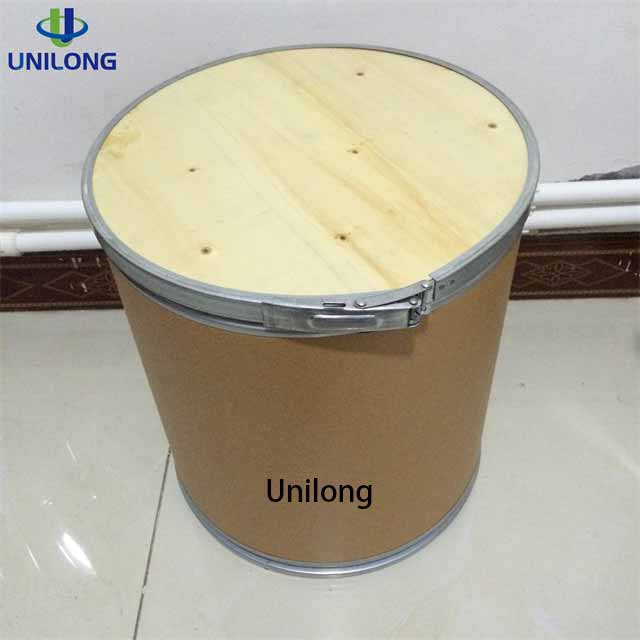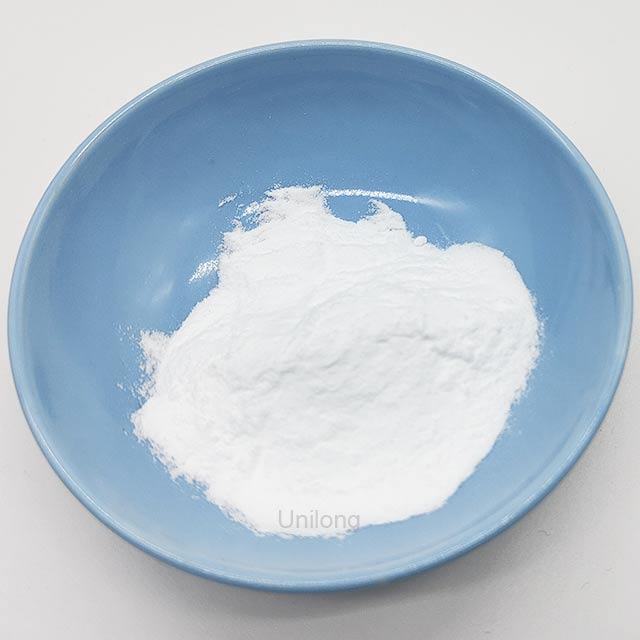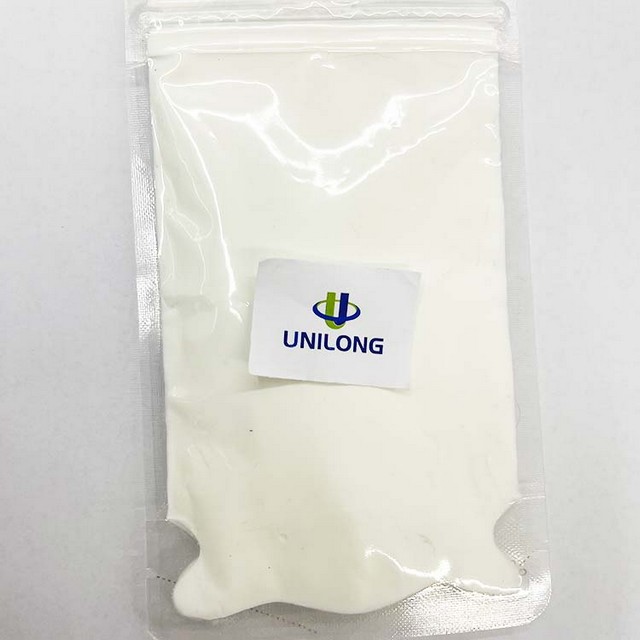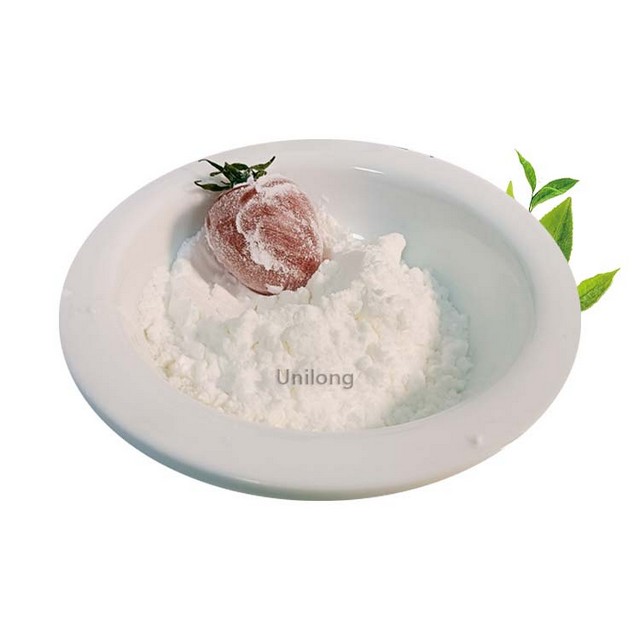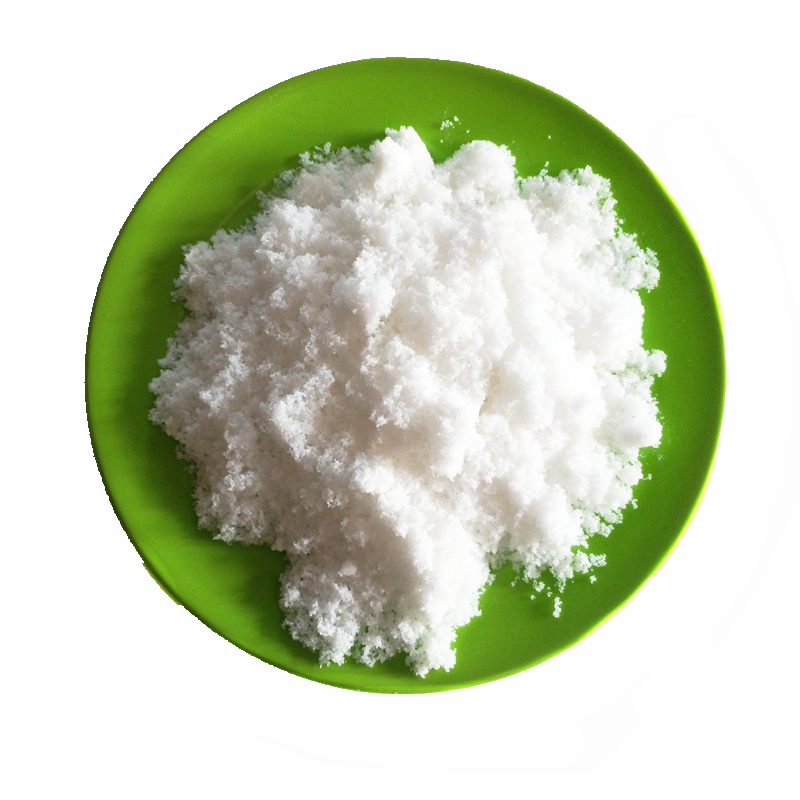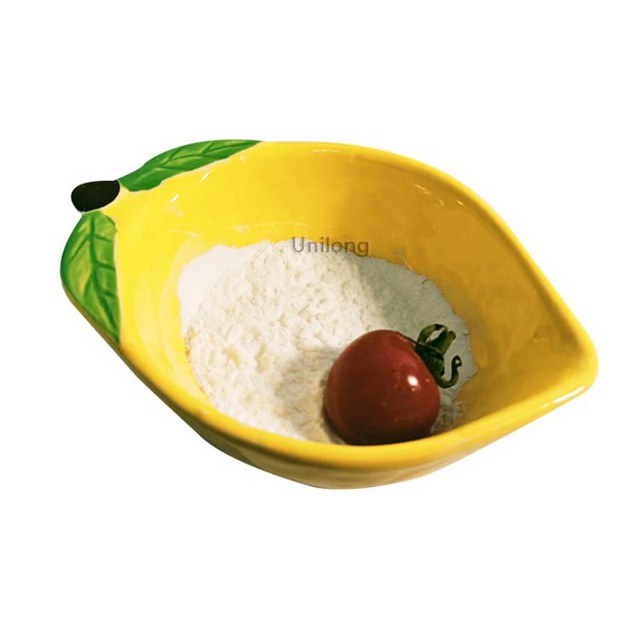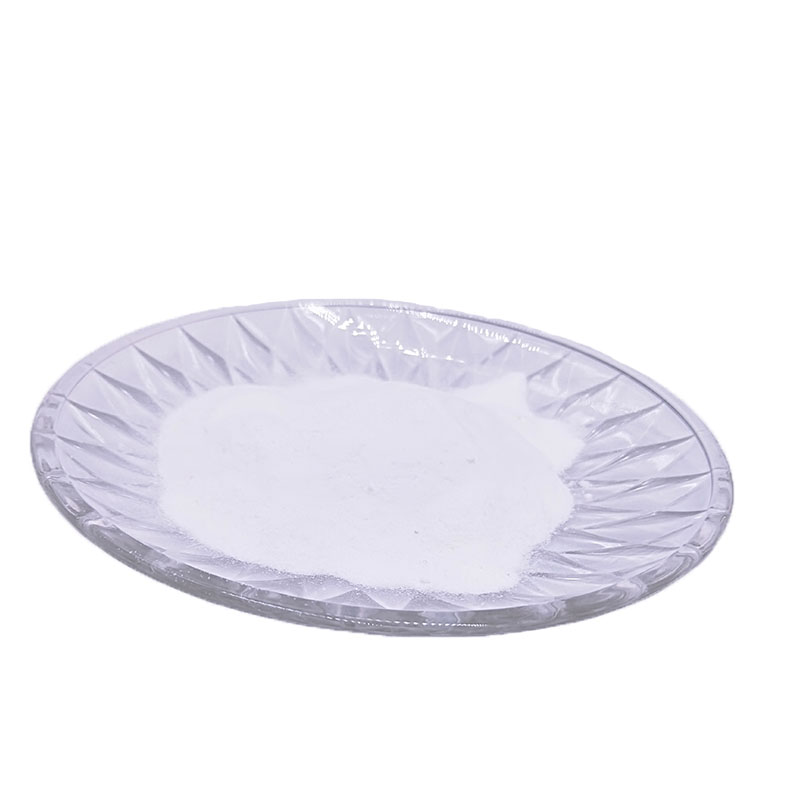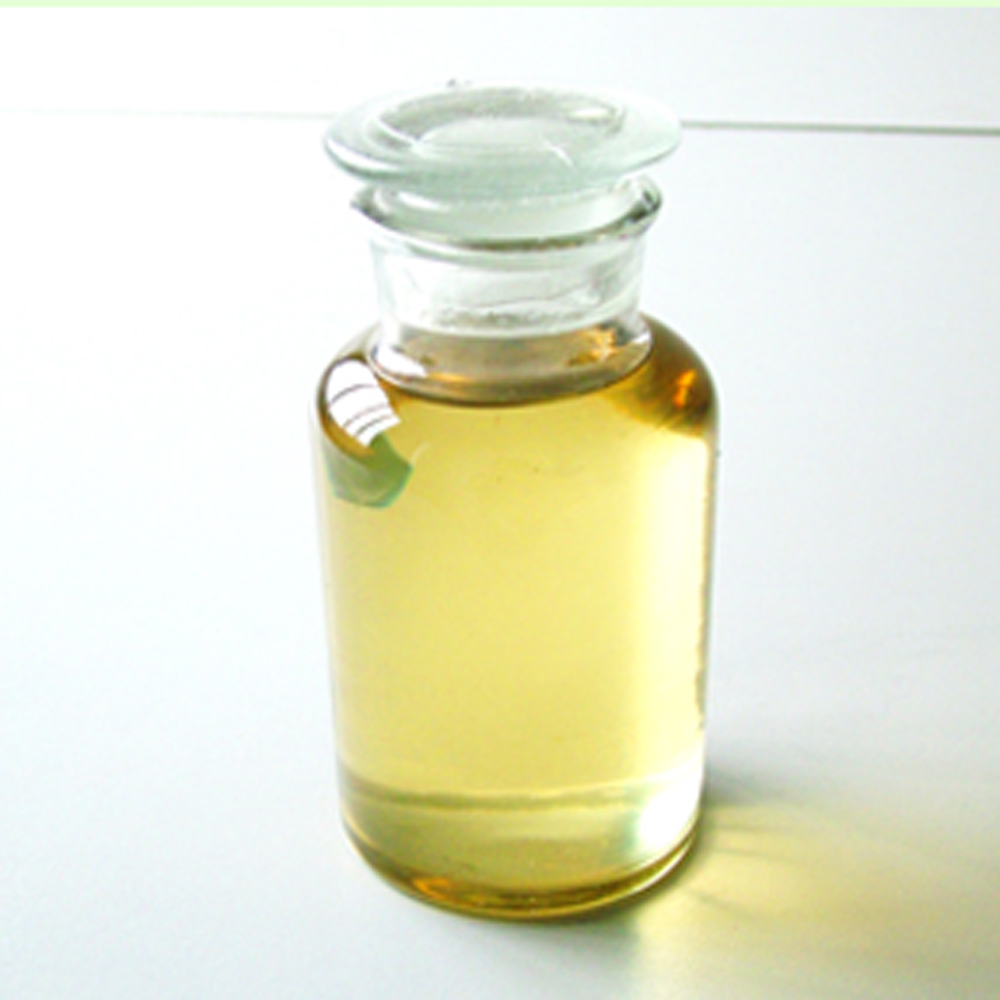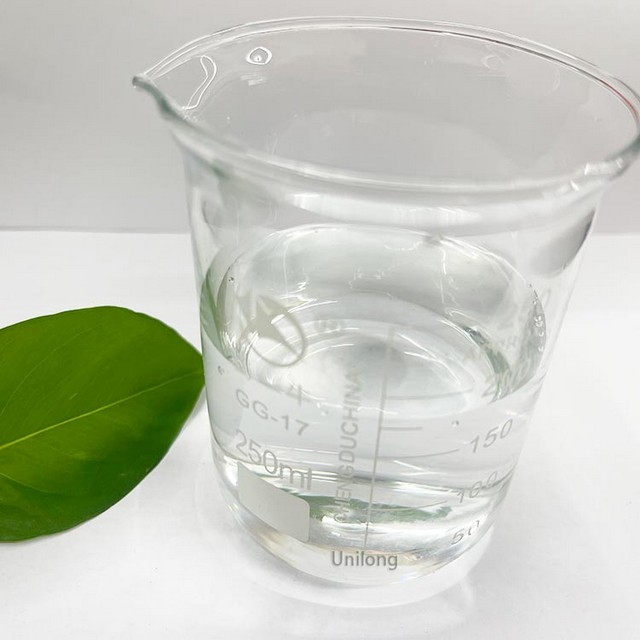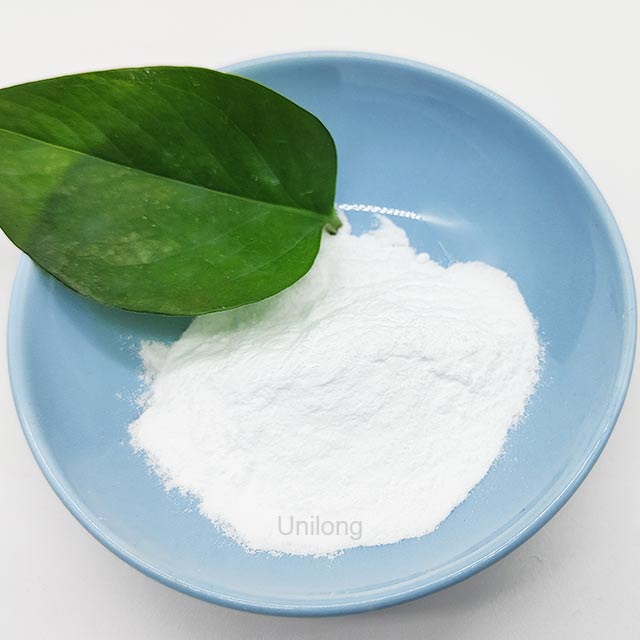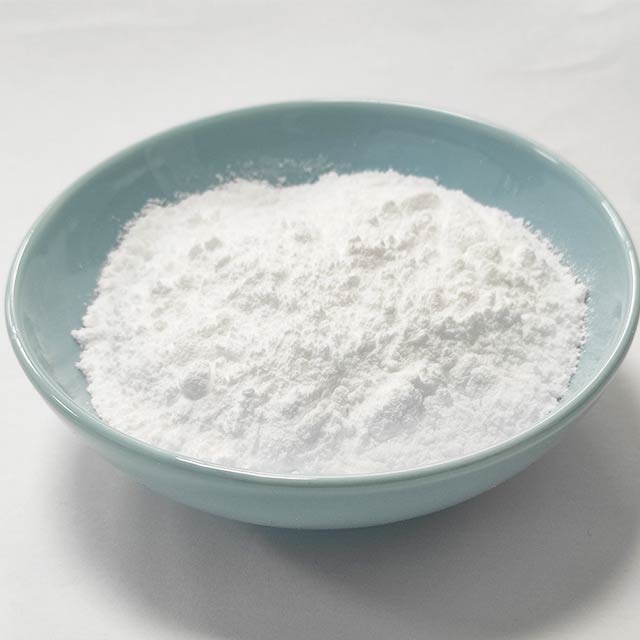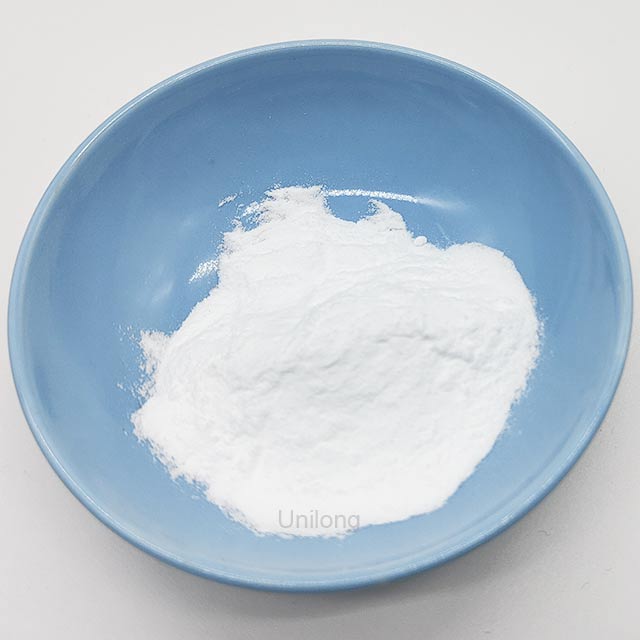CAS:147-85-3
Molecular Formula:C5H9NO2
Molecular Weight:115.13
EINECS:205-702-2
Synonyms:H-L-PRO-OH; H-PYRD(2)-OH; H-PRO-OH; L-2-PYRROLIDINECARBOXYLIC ACID; L-PYRROLIDINE-2-CARBOXYLIC ACID; L-PRO; L(-)-PROLINE; L-PROLINE; (S)-(-)-PYRROLIDINE-2-CARBOXYLIC ACID; (S)-PYRROLIDINE-2-CARBOXYLIC ACID
what is of L-Proline with CAS 147-85-3?
L-Proline is used as asymmetric catalysts in organic synthesis and asymmetric aldol cyclization. It is involved in the Michael addition of dimethyl malonate to alfa-beta-unsaturated aldehydes. It is a precursor of hydroxyproline in collagen. It is an active component of collagen and involved in the proper functioning of joints and tendons. It finds uses in pharmaceutical, biotechnological applications due to its osmoprotectant property. Further, it is used with ninhydrin in the chromatography.
Packing
Usually packed in 25kg/drum,and also can be do customized package.

Synonyms
H-L-PRO-OH; H-PYRD(2)-OH; H-PRO-OH; L-2-PYRROLIDINECARBOXYLIC ACID; L-PYRROLIDINE-2-CARBOXYLIC ACID; L-PRO; L(-)-PROLINE; L-PROLINE; (S)-(-)-PYRROLIDINE-2-CARBOXYLIC ACID; (S)-PYRROLIDINE-2-CARBOXYLIC ACID

